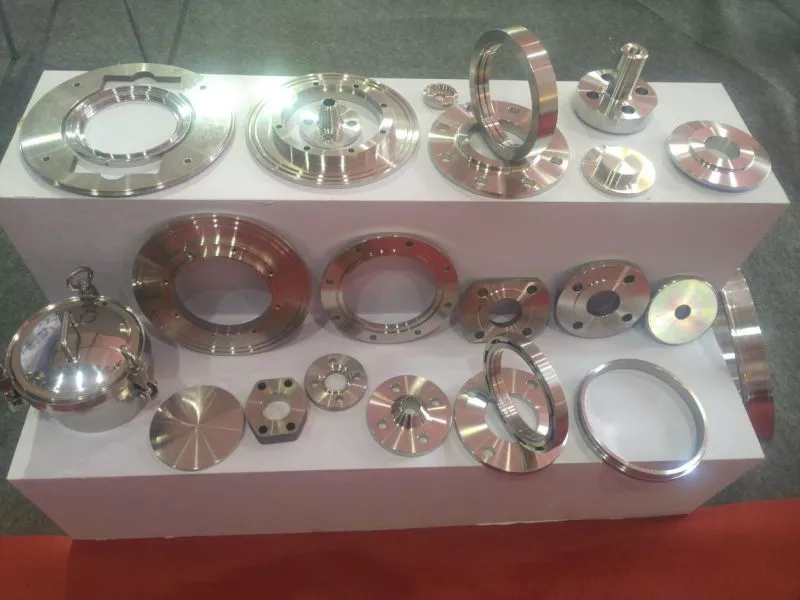General situation of flange forging industry
According to the raw materials used, flanges can be divided into carbon steel flanges, stainless steel flanges, and alloy steel flanges. According to the manufacturing process, flanges can be divided into forged flanges and cast flanges, forged flanges mainly through free forging or die forging process production; Cast flanges are manufactured by casting process.
At present, the equipment levels of flange forging industry on the forging technology and processing technology have made great progress. Meanwhile, product quality and performance has been improved due to the low labor costs, making the production of forged flanges with strong competitive advantage in the world. In recent years, the export amount has reached the high level industry in developed countries such as Germany and Japan because the human cost is higher in these countries, whose domestic flange manufacturer is very few. The flange products are mainly imported from developing countries such as China India and Brazil.
Process design: advanced manufacturers generally adopt computer simulation technology of thermal processing, computer-aided process design and virtual technology, improve the process design level and product manufacturing capacity, introduce and apply simulation programs such as DATAFOR GEMARC/AUTOFORGE DEFORM LARSTRAN/SHAPE and THERMOCAL, and realize the process control of computer design and thermal processing.
Forging technology: most hydraulic presses of 40MN and above are equipped with 100-400t.m main forging manipulators and 20-40t.m auxiliary manipulators. A considerable number of manipulators are controlled by computer to achieve the integrated control of forging process, so that the forging precision can be controlled at 3mm.
Heat treatment technology: the focus is to improve product quality, improve heat treatment efficiency, save energy and protect environment, such as using computer to control the heating process of heating furnace and heat treatment furnace, control the burner to realize automatic adjustment of combustion, automatic ignition of furnace temperature and heating parameter management. The waste heat treatment furnace is equipped with regenerative combustion chamber. Adopting polymer quenching oil tank with low pollution capacity and which can effectively control cooling, various water-based quenching medium gradually replaced traditional quenching oil, etc.
Machining technology: the proportion of CNC machine tools in the industry is gradually increased, and some enterprises in the industry are equipped with processing centers. According to different types of products, they are equipped with specialized processing machinery, such as five-coordinate machining center, blade processor, roller mill and roll lathe.
Quality assurance measures: some domestic enterprises have been equipped with the latest testing instrument and testing technology, using the modern computer control data processing automatic ultrasonic flaw detection system, used in a variety of special automatic ultrasonic testing system, completed a variety of quality system certification of high-speed heavy-load gear forging products such as key production technology constantly been overcome, and on this basis to realize the industrialization production. On the basis of introducing foreign advanced production technology and key equipment, China has been able to design and manufacture its own production equipment for high-speed and heavy-duty gear forgings, which is close to the international advanced level. The improvement of technology and equipment has strongly promoted the development of domestic forging industry.
